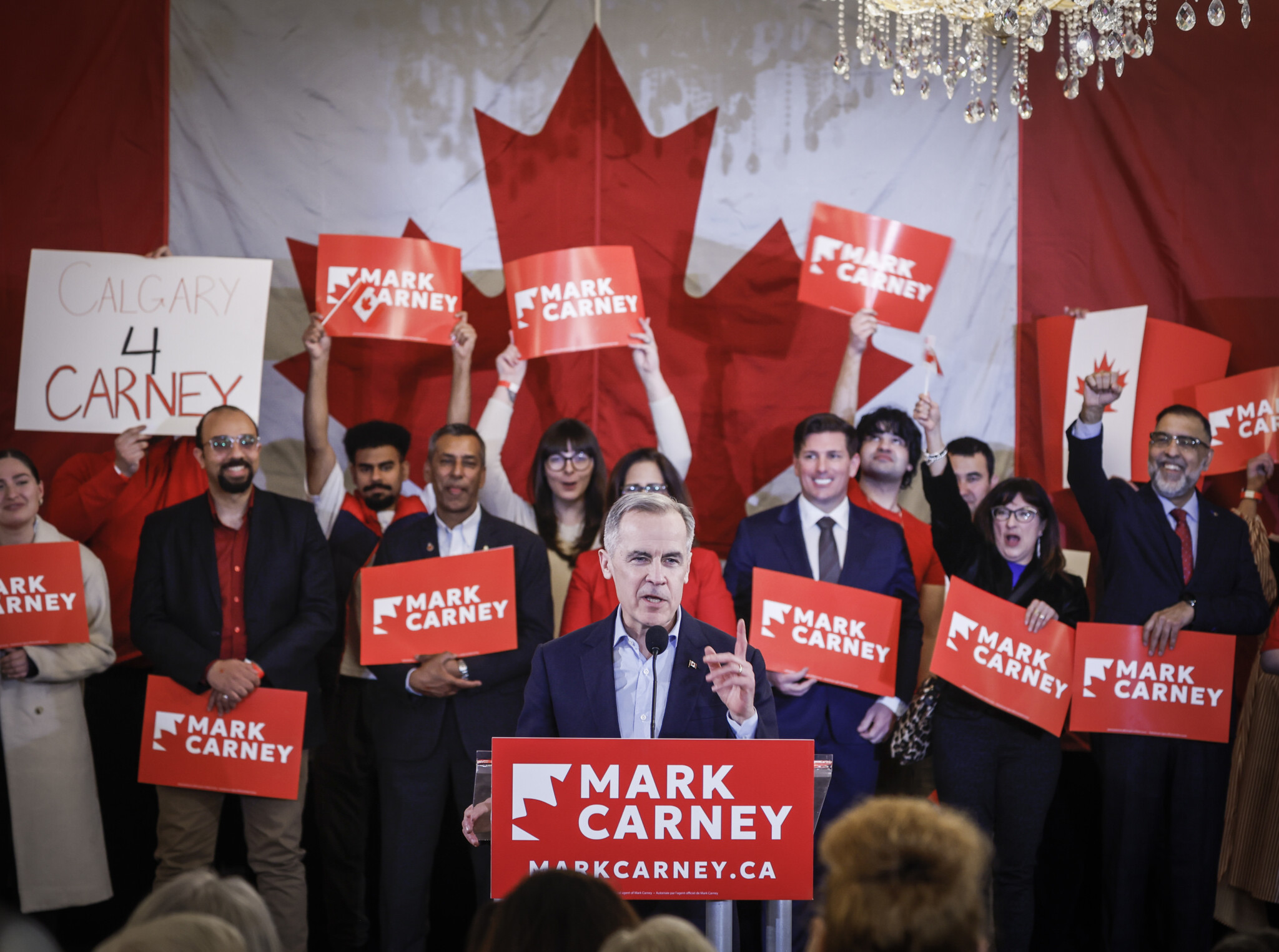Prime Minister Mark Carney represents a familiar archetype in the pantheon of Canadian politics, with a sparkling CV that includes prestigious universities and appointments and a technocratic, Davos-friendly orientation. But while his Liberal Party predecessor Michael Ignatieff was tarred as “just visiting” for his prestigious career abroad, Carney has an even bigger problem with his origin story: he was sworn in without being a sitting member of Parliament. Indeed, he’s never held elected office. This is a fact that should matter for Carney’s legitimacy. His unelected status underscores the democratic deficiencies of a prime minister chosen by an online poll of registered Liberal voters.
Yet, it is not unconstitutional, and challenging it as some have proposed, would be a mistake.
Why does it matter that Carney was sworn in without being an MP? First, not since 1984 has a PM been elected who wasn’t an MP. While John Turner was not a sitting MP when he became prime minister, he had previously served as an MP. He became Liberal Party leader and prime minister in June 1984 but didn’t win a seat in Parliament until the September 1984 election. There don’t appear to be any recent precedents for this situation in Australia, New Zealand, or the United Kingdom.
Second, in a Westminster democracy, the prime minister is both the head of the legislature and the executive. He or she not only directs executive policy but is also first among equals in the House of Commons—where he must debate and directly face the sneers of his opposition. As Jon Stewart once pointed out, in a Westminster Parliament, the PM is “down in the pit, taking on all comers” (and occasionally, in Justin Trudeau’s case, throwing elbows). His election ties him directly to responsible democracy, making him accountable to his riding.
In the lead-up to Carney’s swearing-in, some legal scholars debated whether the Governor General could be challenged in court for appointing a prime minister who is neither an MP nor a senator. They argued that this appointment undermines the principles of democracy and responsible government and that constitutional jurisprudence has evolved enough since Turner’s 1984 appointment to justify a legal challenge.
Yet such a challenge would almost certainly fail. While constitutional principles evolve, courts have historically been reluctant to transform parliamentary conventions into enforceable legal rules. The Supreme Court has consistently distinguished between constitutional conventions—which guide political practice—and justiciable legal rules. There is no legal requirement that a prime minister hold a parliamentary seat, only a convention.
Moreover, the mechanisms of responsible government remain intact. A prime minister must secure and maintain the confidence of the House of Commons. If MPs object to Carney’s appointment, they can force a non-confidence vote, removing him from office. The Governor General’s primary role is to ensure the government retains House confidence, not to dictate party leadership choices. Blocking Carney’s appointment would entangle the GG in partisan politics, a scenario that constitutional norms seek to avoid. Rather than a legal question, Carney’s lack of electoral legitimacy is ultimately a political issue—one that Canadians will resolve at the ballot box.
The usual practice when a party leader is elected without a seat is for another party member to conveniently retire in a riding viewed as a safe party seat and trigger a by-election. Here, Carney’s seeking of a seat will undoubtedly proceed in tandem with the federal election. The safest bet for the Liberals would probably be a GTA seat, but with Carney’s Alberta roots—he was born in the Northwest Territories and grew up in the Edmonton area—some predict he might seek a seat in central or southside Edmonton.
On his first day as PM, Carney refused to commit to an election date, saying only that it would be “before November.” Carney is new to political office, but he has flitted on the sidelines of Liberal politics for many years and had plenty of time to establish himself in a riding and win a seat in Parliament. He chose not to. While he is our duly appointed prime minister, his rule is yet to be ratified by the electorate. His rule is particularly tenuous since the Liberals are currently governing with a minority party that has uncertain support in the House. This peculiar arrangement—a prime minister who has never faced voters—should not be viewed as sustainable for more than a few weeks.
The coming election will be more than just another contest between Liberals and Conservatives; it represents Carney’s belated introduction to the democratic process. His decision to bypass the traditional path to power—winning a seat, serving constituents, building parliamentary experience—speaks to the increasingly technocratic nature of our politics. Canadians deserve more than a prime minister selected through an online poll of party members and appointed on the strength of an impressive resume. They deserve a leader who has proven their commitment to democratic representation through direct participation in it.









